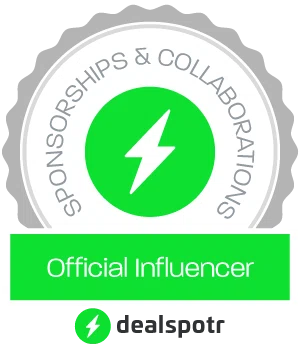AMAZING POWER. I recieved an Easy @ Home TENS Pain Relief System the other day. This little TENS (Transcutaneous Electrical Nerve Stimulation) unit delivers a punch. I have arthritis in my elbow, shoulder, neck, and lower back.
Depending on where you place the patches depends on the area that it works. For my elbow I placed it above and below. It really does help. It really is a great device to help with short term pains. However, it is recommended that you talk to your doctor before using one. This is just my experience in using one and I am not a medical professional and there for am not making a medical recommendation. I really find this useful after I've gone hiking or done yardwork and my legs or back is hurting. It provide quick effective relief and is better in my opinion than reaching for a pill bottle. I can sit in my chair, attach the pads, and control the level of machine and watch my programs all the while my muscles are being stimulated. Here is some information that I pulled from another site:
How Does A Tens Unit Work? Tens units have different adjustable settings to control amplitude (intensity) of stimulation by controlling the voltage. Current, and pulse width (duration) of each pulse. Electrodes are placed at specific sites on a user’s body depending on the physical location of their pain. The current travels through electrodes and into the skin stimulating specific nerve pathways to produce a tingling or massaging sensation that reduces the perception of pain. When a Tens Unit is used as directed a T.E.N.S. is a safe, noninvasive, drug-free method of pain management. A Tens Unit is used to offer a better quality of life for people with pain. There are two ways to explain how a T.E.N.S. successfully decreases or eliminates pain. One of these theories is called The Gate Control Theory and is the most advanced explanation. The gate-control theory suggests that there’s a neural mechanism in spinal cord that acts as a kind of gate, shutting down or opening up the flow of signals from the periphery to the brain. Whether the gate is open, closed or partially closed depends on what sort of signal it receives from the brain to change the perception of pain in the user’s body. These frequencies interfere with the transmission of pain messages at the so spinal cord level, and help block their transmission to the brain. Another theory is called The Endorphin Release, which suggests that electrical impulses stimulate the production of endorphins and enkaphalins in the body. These natural morphine-like substances block pain messages from reaching the brain, in a similar fashion to conventional drug therapy, but without the danger of dependence of other side effects.original source http://www.tensunits.com/work.html






 Check out our Friends at
Check out our Friends at 
















.jpg)




0 comments:
Post a Comment